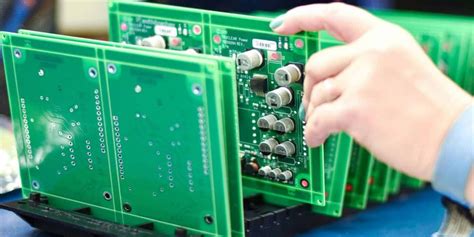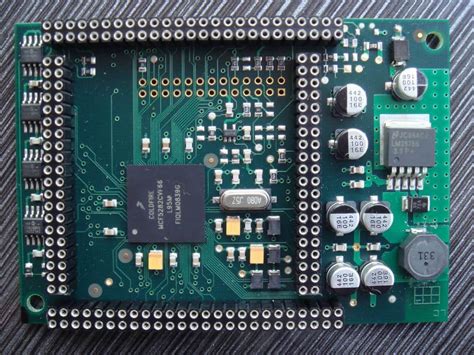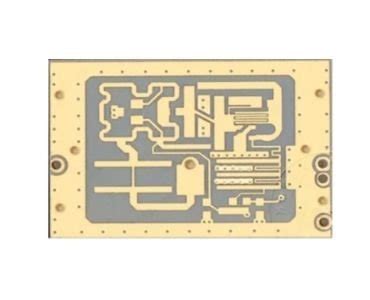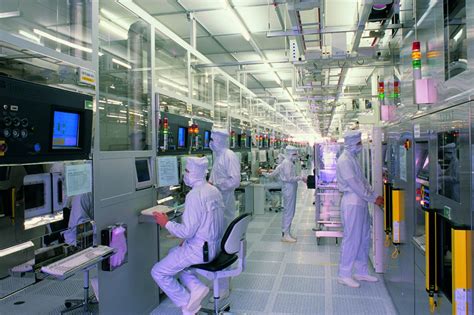How to choose materials for making PCB test fixtures
The production of fixtures should select appropriate materials according to the actual situation, which can greatly reduce costs. At the same time, a universal and reusable base can also greatly reduce costs, and standardize the production of fixtures to facilitate production and improve the quality of fixtures. The selection of test needles and related materials in the test frame is very important for the quality and cost of the test fixture.
1.Selection of test probes:
The selection of needles for test fixtures has the greatest impact on the cost of fixtures. Currently, test probes are divided into three types: domestic, Taiwan and Hong Kong, and imported. Imported products are generally products from Germany, the United States, and Japan. The brands include INGUN, TCI, NEC, Huarong, Zhongtan, Yatan, etc. The quality of the test probe is mainly reflected in the material, coating, spring, diameter accuracy of the sleeve and the manufacturing process. At present, many domestic products use imported materials, so unless there is a cut-and-dry process, the probe material problem is generally not a big deal. The diameter accuracy of the needle and sleeve is similar to that of Taiwan and Hong Kong products. Imported products are slightly better but generally have little impact.
The quality of springs and coatings is much better than that of domestic products, and Taiwan and Hong Kong products are slightly better than domestic products. The main reason is the difference in process level. The coating of domestic probes is poor in wear resistance and easy to fall off. If the test fixture is used for more than 150,000 times and the number of tests exceeds 150,000 times, it is more appropriate to use imported products, but imported probes are more expensive. At present, the domestic production level and process are gradually improving, and in the current price war, many agents use domestic needles to pretend to be imported or Taiwan-made probes for sale.
If the test requirements and the number of tests are not high, it is recommended to use domestic probes. The quality of the probe is mainly related to the number of tests and whether the contact is good in the production of the test fixture.

2.Selection of test wires:
Currently, test wires are imported from abroad or produced in Taiwan and Hong Kong, and the difference between their products does not seem to be great. The price is about 125 yuan per roll.
3.Selection of test plates:
The plates used in test fixtures are generally acrylic (plexiglass), epoxy resin plates, etc. For ordinary fixtures with a probe aperture greater than 1.00 mm, the plates are mostly plexiglass. The price of plexiglass is cheap, and plexiglass is relatively soft. There is expansion and contraction when drilling. The probe sleeve and the hole are tightly combined. Since plexiglass is transparent, it is very easy to check if there is a problem with the fixture. However, ordinary plexiglass is prone to melting and breaking the drill bit when drilling, especially when the drilling hole diameter is less than 0.8 mm. The problem is very serious. Generally, epoxy resin plates are used when the drilling hole diameter is less than 1 mm. Epoxy resin plates are not easy to break the drill bit when drilling. They have good toughness and rigidity, but they are more expensive. Epoxy resin plates do not expand and contract, so if the drilling hole diameter is not accurate, it will cause the probe sleeve and the hole to be very loose and shake. Epoxy resin plates are not transparent. If there is a problem with the fixture, it is more difficult to check. In addition, the temperature difference deformation of plexiglass is larger than that of epoxy resin plates. If the test density is very high, epoxy resin plates must be used. The selection of the plate and the accuracy of drilling play a key role in the accuracy of the entire test fixture.

There is a kind of improved organic glass whose advantages are small deformation and high temperature resistance.
The 0.6mm drill bit can drill through the 5mm thickness at one time without drilling. The price is slightly higher than ordinary organic glass but lower than epoxy resin plate. It is a very good choice.
The base of the fixture is mostly made of PVC or organic glass.
Most manufacturers make the fixture base temporarily according to the size of the test plate, so the quality of the base and the reuse rate of the base are not very good. Therefore, it is recommended to unify the base size and standard. This website provides two standard bases that can be applied to most special test machines. The material is 20mm organic glass. The quality and craftsmanship of the organic glass manufacturer are very good. It can be reused. Although the price is slightly expensive, it is worth the money.
The production of the fixture should select appropriate materials according to the actual situation, which can greatly reduce the cost. At the same time, the universal and reusable base can also greatly reduce the cost, and make the fixture production standardized and convenient to make, and improve the quality of the fixture.






